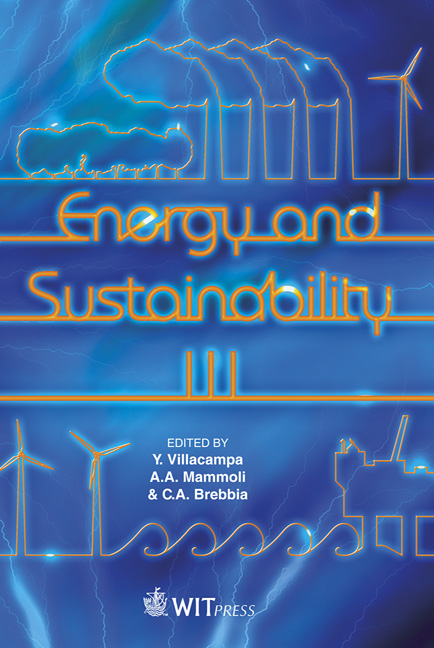Design Guidelines For A Robust And Reliable Solar Thermal Heating And Cooling System
Price
Free (open access)
Transaction
Volume
143
Pages
10
Page Range
3 - 12
Published
2011
Size
189 kb
Paper DOI
10.2495/ESUS110011
Copyright
WIT Press
Author(s)
A. Mammoli, P. Vorobieff, H. Barsun & R. Burnett
Abstract
The use of solar energy at the building scale today presents two viable options: grid-tied photovoltaic systems, and thermal systems utilizing absorption or adsorption cycles for cooling. The economic viability of either option is presently commensurate, however, specifically for the case of thermal systems, there is a major caveat, namely that the system must truly save energy, and must be reliable over its typical expected lifetime. While the basic design of a solar thermal system is relatively simple, there are many details that, if not carefully considered, can lead to poor performance, lack of reliability, and potentially catastrophic failure. Based on experience in designing, building, operating and analyzing such a system for several years, a set of guidelines is presented for each major system component, namely the solar loop, hot storage, cold storage, the heating and cooling subsystems, and the control system. These design recommendations should assist engineers in preventing costly mistakes that are difficult to correct. If followed, the guidelines should also reduce maintenance and prolong trouble-free performance of building-scale thermal systems. Keywords: robust design, reliability, economic performance, energy efficiency.
Keywords
robust design, reliability, economic performance, energy efficiency.





